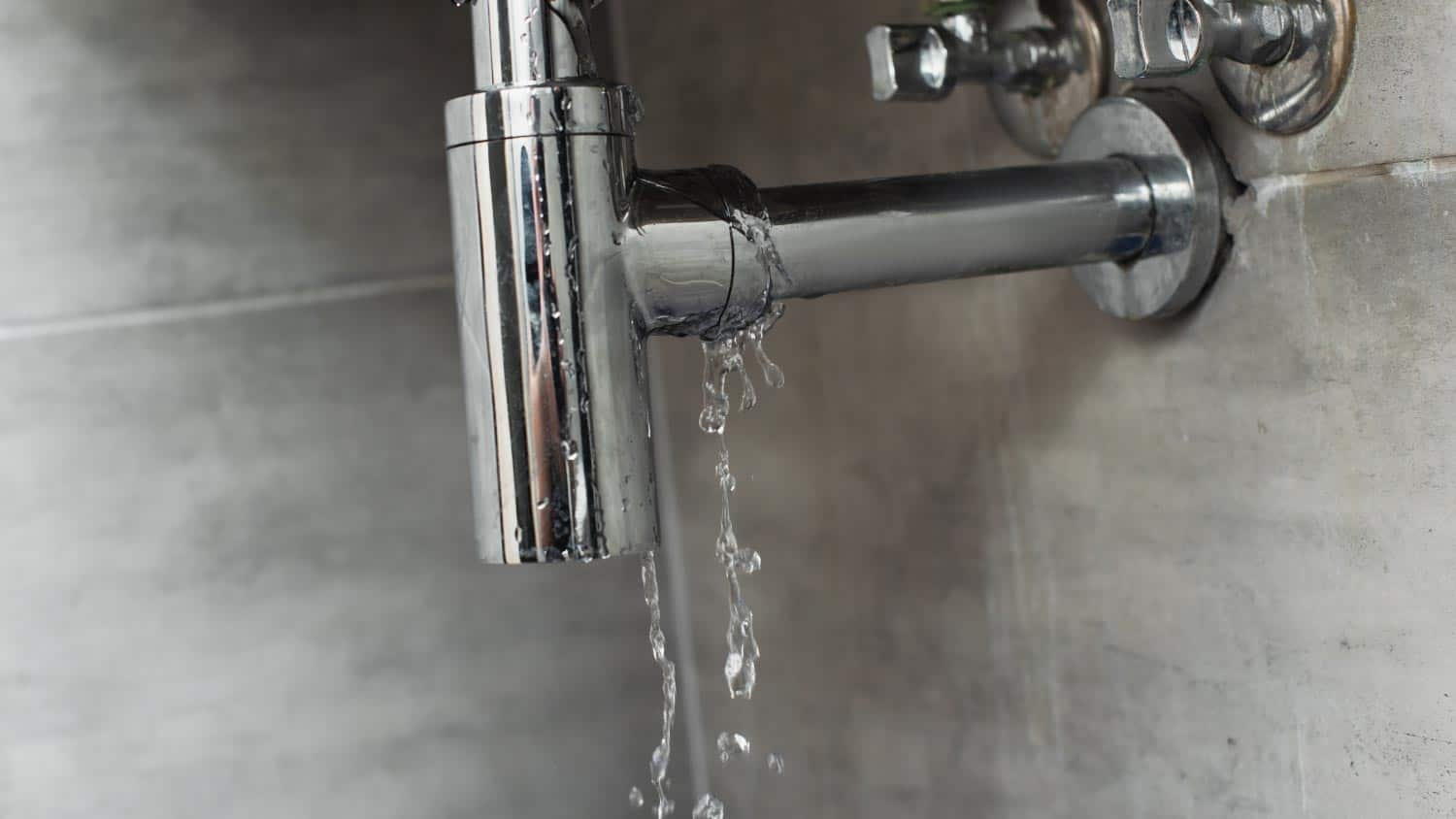Detect Invisible Water Line Leaks: Six Effective Tricks
Detect Invisible Water Line Leaks: Six Effective Tricks
Blog Article
This post listed below in relation to Hacks to detect leaks is highly insightful. Don't miss it.

Early discovery of leaking water lines can reduce a potential calamity. Some tiny water leaks may not be noticeable.
1. Take A Look At the Water Meter
Inspecting it is a guaranteed way that helps you discover leakages. If it relocates, that shows a fast-moving leakage. This indicates you might have a slow-moving leak that could even be underground.
2. Check Water Consumption
Assess your water costs and also track your water intake. As the one paying it, you need to observe if there are any type of discrepancies. If you spot sudden changes, regardless of your intake being the same, it means that you have leaks in your plumbing system. Bear in mind, your water costs ought to fall under the very same variety monthly. A sudden spike in your costs suggests a fast-moving leakage.
A steady rise every month, even with the very same routines, shows you have a slow leakage that's also gradually intensifying. Call a plumber to thoroughly examine your building, particularly if you really feel a warm area on your flooring with piping underneath.
3. Do a Food Coloring Examination
When it comes to water usage, 30% comes from commodes. If the color somehow infiltrates your dish throughout that time without flushing, there's a leakage between the storage tank and also dish.
4. Asses Exterior Lines
Do not forget to check your outside water lines as well. Must water permeate out of the connection, you have a loosened rubber gasket. One tiny leak can squander lots of water and also increase your water costs.
5. Examine and also Evaluate the Scenario
House owners should make it a practice to examine under the sink counters and also also inside closets for any kind of bad odor or mold and mildew development. These 2 red flags show a leak so timely interest is called for. Doing routine evaluations, also bi-annually, can conserve you from a significant problem.
Examine for discolorations and also weakening as the majority of pipelines as well as appliances have a life expectations. If you presume leaking water lines in your plumbing system, do not wait for it to escalate.
Early detection of leaking water lines can alleviate a potential calamity. Some small water leakages may not be noticeable. Inspecting it is a surefire way that aids you discover leakages. One tiny leakage can squander bunches of water as well as spike your water expense.
If you think dripping water lines in your plumbing system, don't wait for it to rise.
The Dangers of Undetected Water Leaks
Mold
One of the most common results of undetected water leaks in your home is mold. Under the right conditions, mold can begin to grow and spread in just a day or two.
Moisture from water leaks combined with humidity and lack of ventilation allow mold spores to germinate and start spreading.
And while household mold doesn’t carry the same health risks as substances like asbestos, they can cause allergic reactions in people sensitive to them or with asthma.
Structural Damage
When water leaks occur in places we can’t see — above the ceiling, behind walls or beneath floors — they often have time to do some serious damage before making themselves known.
You might notice cracks or bubbles appear in your walls or a slow drip or water from the ceiling.
These are signs of water leaks and buildups in the structure of your home. If you don’t jump on these problems soon enough, the wood frame that supports your house could start rotting, leading to costly repairs and increasing the risk of disasters like ceiling or wall collapses.
Water Waste
According to the Alliance for Water Efficiency, the average home can lose anywhere from 2,000 to 20,000 gallons of water per year due to leaks.
High numbers like that might make you imagine a burst pipe spewing out water. But believe it or not, even a small, constant drip from a kitchen sink could add up to over a thousand gallons of wasted water in a single year.
And if you live in a place where you pay for every gallon of water you use, that adds up to a lot of dollars down the drain. So we understand leaks are bad. Let’s take a look at some of the common (and not-so- common) water leaks you might find around your home.
Flush Valve Flapper
The flush valve flapper is a rubber flap that sits above the flush valve at the bottom of the tank. It’s attached to the flusher with a chain. Over time, it can get worn out and lose its seal, causing an endless flow of water into the toilet bowl.
These leaks are hard to detect since they’re usually silent, but there’s a little insider trick you can use with just a little dye or food coloring:
Put a few drops in the toilet tank. Check the water in your toilet bowl 15 minutes later. If any of the color made it into the toilet bowl, you’ll know what the culprit is.
Fill Valve
The fill valve is what replenishes your toilet’s tank water after you flush. If you’ve ever looked inside your toilet tank and seen water gushing out of an upright plastic valve, that’s a faulty fill valve.
https://meetflo.com/blogs/flo/how-to-find-and-repair-water-leaks-a-comprehensive-guide

I recently found that piece of writing about Detecting hidden plumbing leaks when doing a lookup on the web. For those who liked our blog post if you please be sure to share it. We value reading our article about Locating water leaks.
Need it done? Dial! Report this page